USA Today and Publishers Weekly bestselling author Sheila Roberts has almost fifty books to her name. To date, she has seen over three million books sold both at home and abroad. Several of her books have been adapted for film by Hallmark, Lifetime, and GAF, including her holiday perennial, On Strike for Christmas, The Nine Lives of Christmas, with a sequel The Nine Kittens of Christmas, and most recently, Christmas on Candy Cane Lane. Before settling into her writing career, Sheila owned a singing telegram company and played in a band. When she’s not traveling, she splits her time between the Pacific Northwest and Southern California.
When we talk about books, what do we talk about most? It’s not plot and it’s not setting, although both are important. What the conversation centers on in our book club gatherings, coffee klatches and writers group meetings is the characters in our books. Because stories are about people, and it’s the people that make us want to read that story. When I’m putting together a new novel, I try to keep this in mind because I want the reader to be willing to spend their valuable time on it.
I always start with my heroine. I write women’s fiction with a good dollop of romance thrown in, so creating a heroine readers will want to hang out with and root for is important. The top question at the back of my mind is always, “Would I want to be friends with this woman?”
If I’m going to be friends with her, she needs to have some good qualities, like a kind heart and loyalty to the important people in her life. Maybe even a sense of humor. She also needs to have some sort of interest that further fleshes her out. That can be anything from tennis to Taekwondo. In most of my books, she’ll probably have some sort of career or part-time job since for most of us these days that’s life.
My heroine can’t be perfect, because then she won’t feel real. It’s those little flaws and attitudes that need adjustment that bring our characters to life. I don’t want to give my heroine huge character flaws because who wants to hang out with a liar or a cheater? But how about someone who has trouble sticking to her diet? Or someone who bites her nails, tends to worry too much or maybe even has self-esteem that needs a boost? Or who’s a hypochondriac. (Did I mention that sometimes there’s a lot of me in my characters?) We all have flaws. So should our fictional friends.
We also all have certain personality quirks and habits that make us unique. Some of us snort when we laugh, some of us chew gum or smoke. Some of us are control freaks. And some of us hate cleaning toilets. (Okay, probably all of us hate that.) One thing we all have in common is that we’re all different. I try to remember that when I’m creating my heroine.
Once I’ve created a heroine who has both good qualities and a flaw or two, I need to give her a life. That means hobbies, dreams and goals, and challenges to overcome. Those challenges can make her face a past trauma or hardship that has made her the way she is. I’ve written characters who have been hurt and have had to learn to trust again, like Karissa in The Best Life Book Club, and heroines who are having to dig themselves out of a deep money pit, like Zona in The Man Next Door. By the end of the story, my heroine needs to have conquered that challenge and experienced a personal growth spurt so that the reader, who’s been hanging with her and rooting for her, can cheer for her as she crosses the proverbial finish line. That’s the kind of woman I want to read about — she won’t be perfect but she’d better be interesting.
Next, it’s on to the hero. Like my heroine, he needs to have admirable qualities. There must be something about the guy that makes the reader say, “Oh, yes, he could be my book boyfriend,” or at least say, “The man has potential. I wonder how he’s going to get formed into something better.” There needs to be something about him that makes me like him and want to help him reach his goals. But he also needs a flaw. Maybe he’s snarky and cynical. Maybe he’s a slob, maybe he’s grumpy, maybe he hates cats. (IMHO that would be a big flaw.) In short, he needs to be as human as the female main character in the story. Like my heroine, he needs to have goals and he needs something standing in the way of achieving them. That something could very well be her!
Finally, and I admit I don’t always achieve this, I think the most memorable characters are often a little larger than life. Think of the ones who stand out in literature. Sherlock Holmes, who can solve any mystery, Reacher, who is sexy, invincible, and needs to change his clothes more often, Scarlet O’Hara, the woman who is a walking scandal but would do anything to save Tara. They often say and do things the average person wouldn’t have the nerve to do. My character doesn’t necessarily have to have superpowers, but she can be super brave or super determined. I try to ask myself, what makes my character special… besides the fact that I love her? Is it a certain talent? A great need? A big problem? What will make readers want to read her story?
So, for my fellow writers out there, here are some questions you might want to ask yourself when you’re creating your main characters. Will readers want to spend time with these people? What makes them likeable? What makes them real? What makes them interesting? If you have this figured out you will be well on your way to creating main characters readers will love, remember and, hopefully, talk about.
None of us lives in a vacuum. We all have family, friends, co-workers, and neighbors. How we interact with these people both develops and reveals our character. The same is true of our main characters. The people in their lives will reveal a lot about their attitudes. These secondary characters will either help or hinder them in their journey to achieving their goal. Secondary characters may be confidantes, mentors, or a pain in the neck. They need to be real as well. And even though they’re not the main actors on the stage, they can play an important part. Think of Tiny Tim in Dickens’s A Christmas Carol. His physical handicap made him both sympathetic and important to the story. Tiny Tim symbolized all those in need who Scrooge preferred to ignore. Or how about Mrs. Bennet in Pride and Prejudice. Talk about a character! She wasn’t the main character, but she played an important part in the story. These characters aren’t the stars, but they are still memorable.
Sometimes, minor characters are simply part of the scenery—the person who cuts in front of the heroine in the grocery line or the woman at the party who whispers about her. When you’re weaving in human scenery in your story, make sure it’s interesting.
If you’ve got a work in progress, here are some more questions you might want to ask yourself about each of your minor characters. What part will this character play in my story? Will this character add to the story? What will make this character feel real?
Those fictional people in our lives can be almost as big a challenge to work with as some of the real ones. But don’t give up. Make the effort to make them great and then, hopefully, both you and your readers will want to spend time with them.
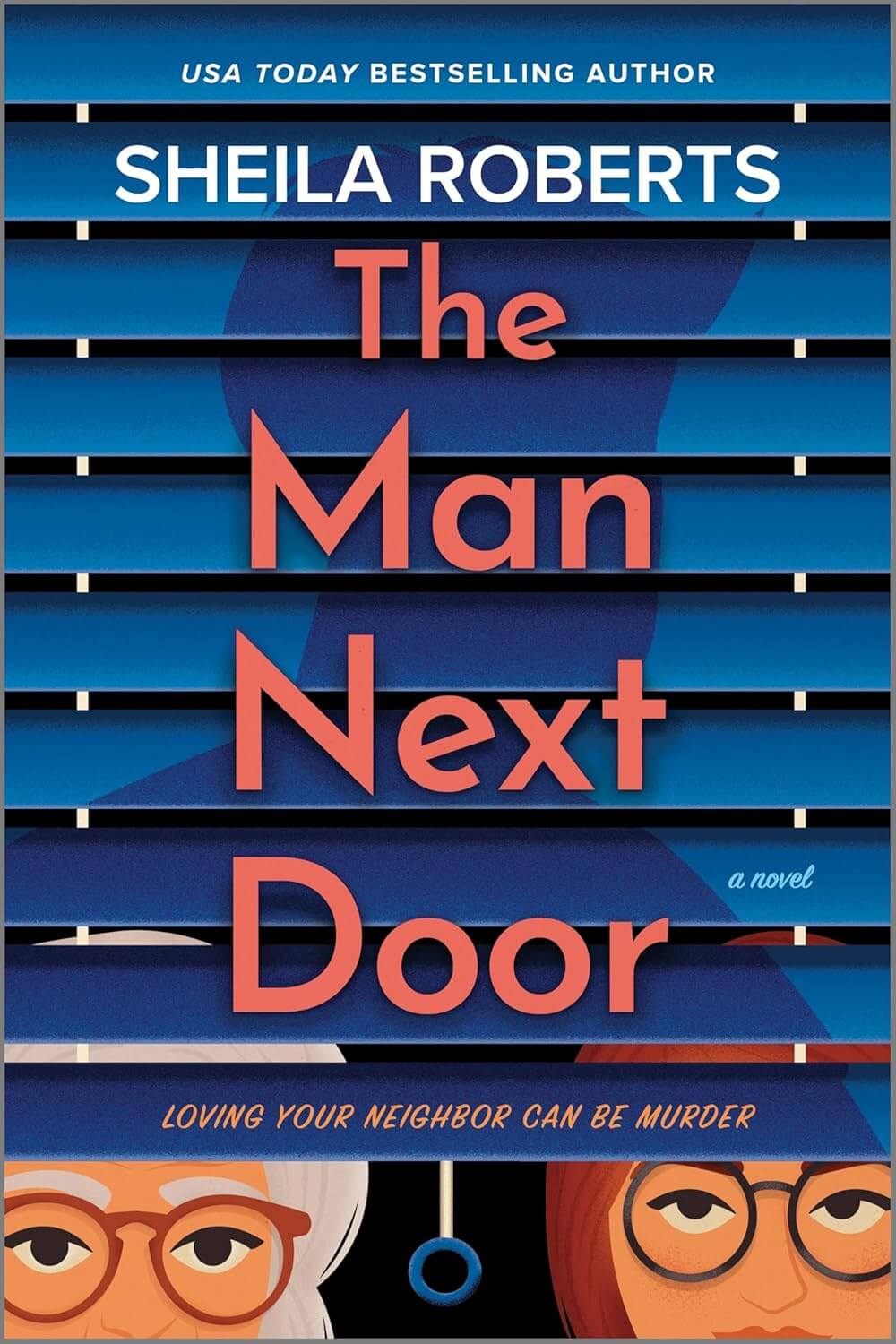
The Man Next Door by Sheila Roberts
Zona is flat broke from her ex-husband’s gambling addiction, forcing her to move in with her mom, Louise, who’s stuck at home with a broken leg. So when a hot guy around Zona’s age moves in next door, both women think that things are finally turning in their favor. But the shouting matches between the man and an unknown woman can’t be ignored, and when that woman disappears, it’s clear that something is afoot. There’s something suspicious about their new neighbor, and these two women are determined to get to the bottom of it.
Buy the book now: Bookshop.org | Amazon | Barnes & Noble







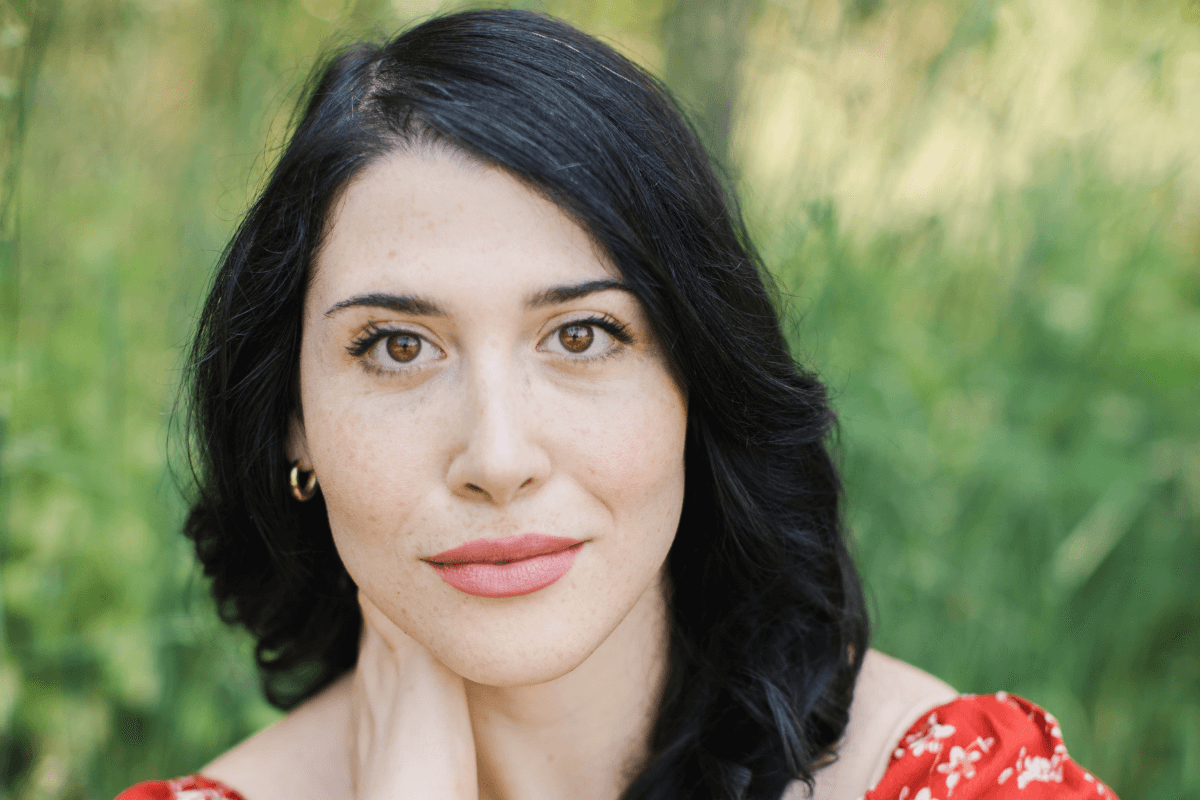
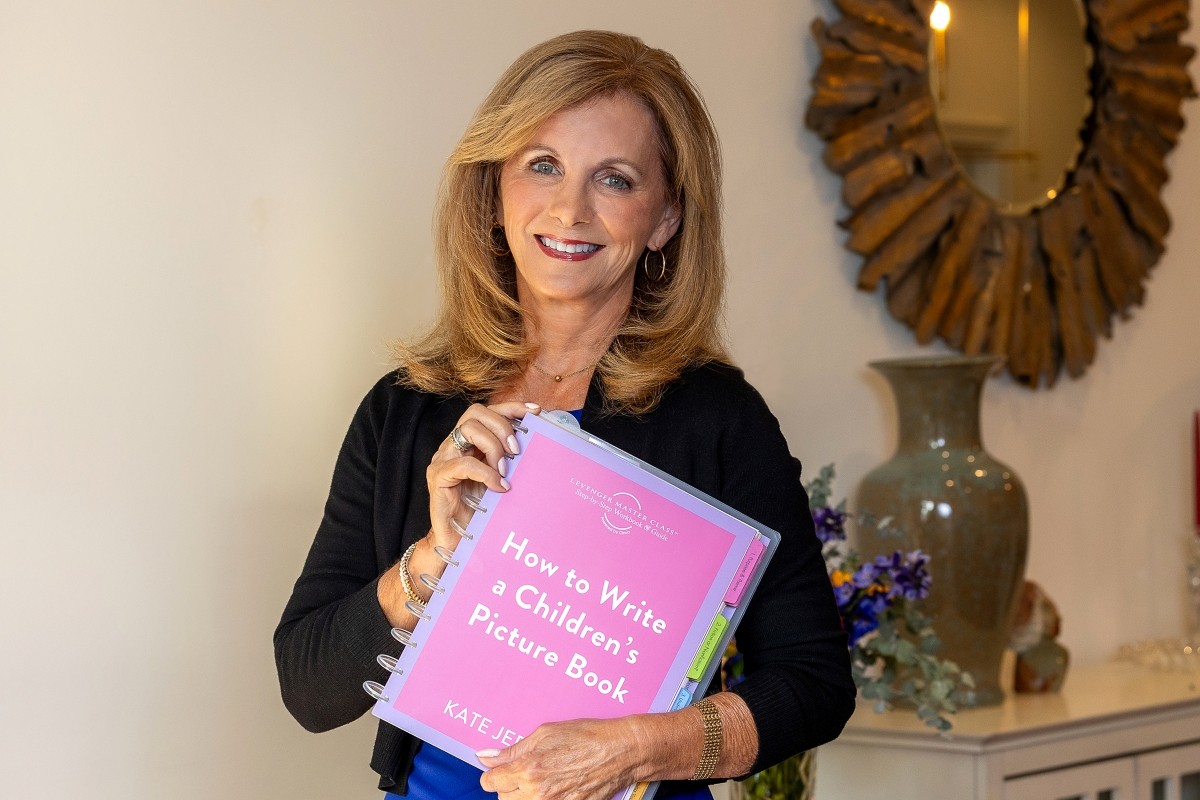
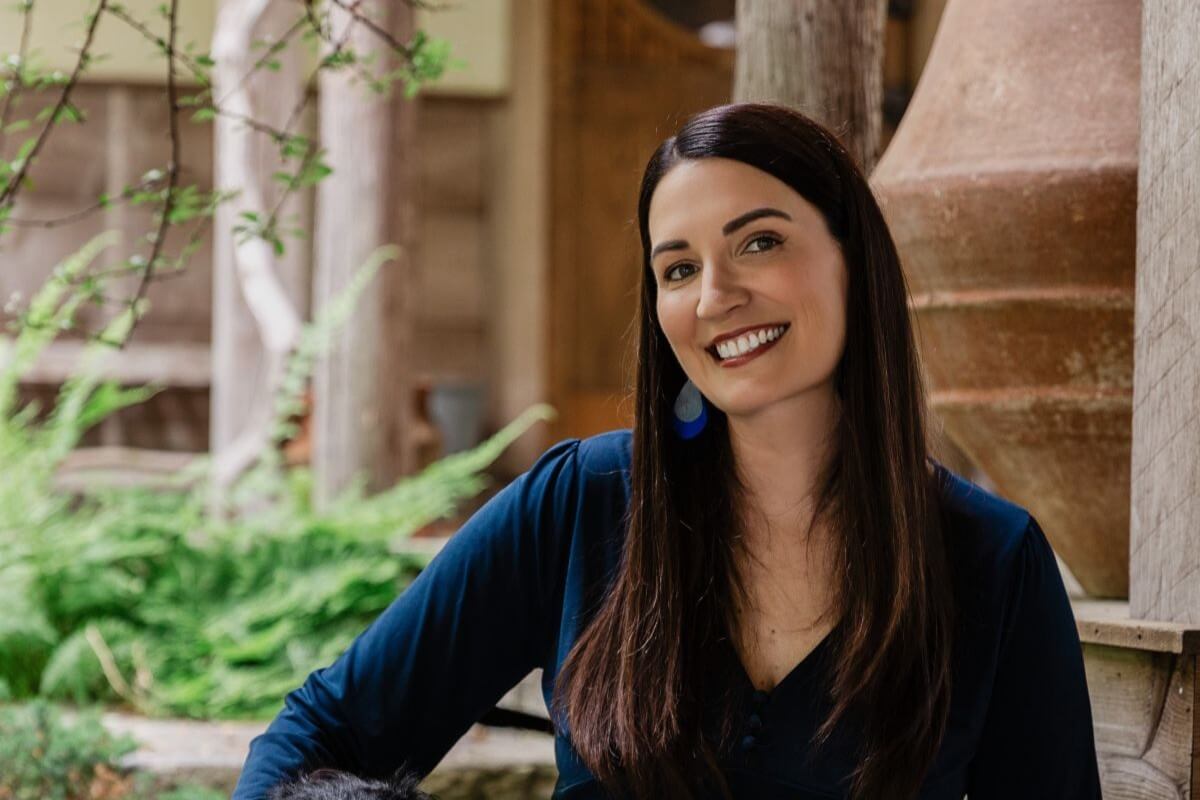


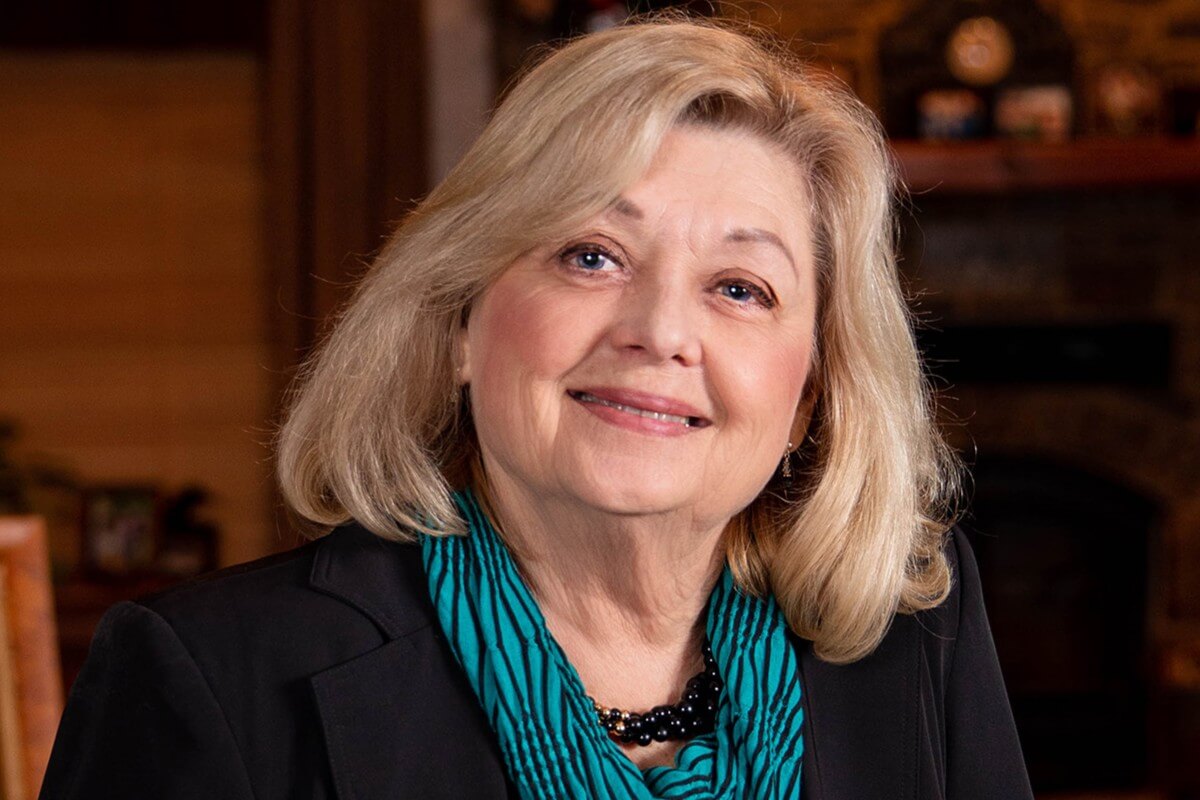
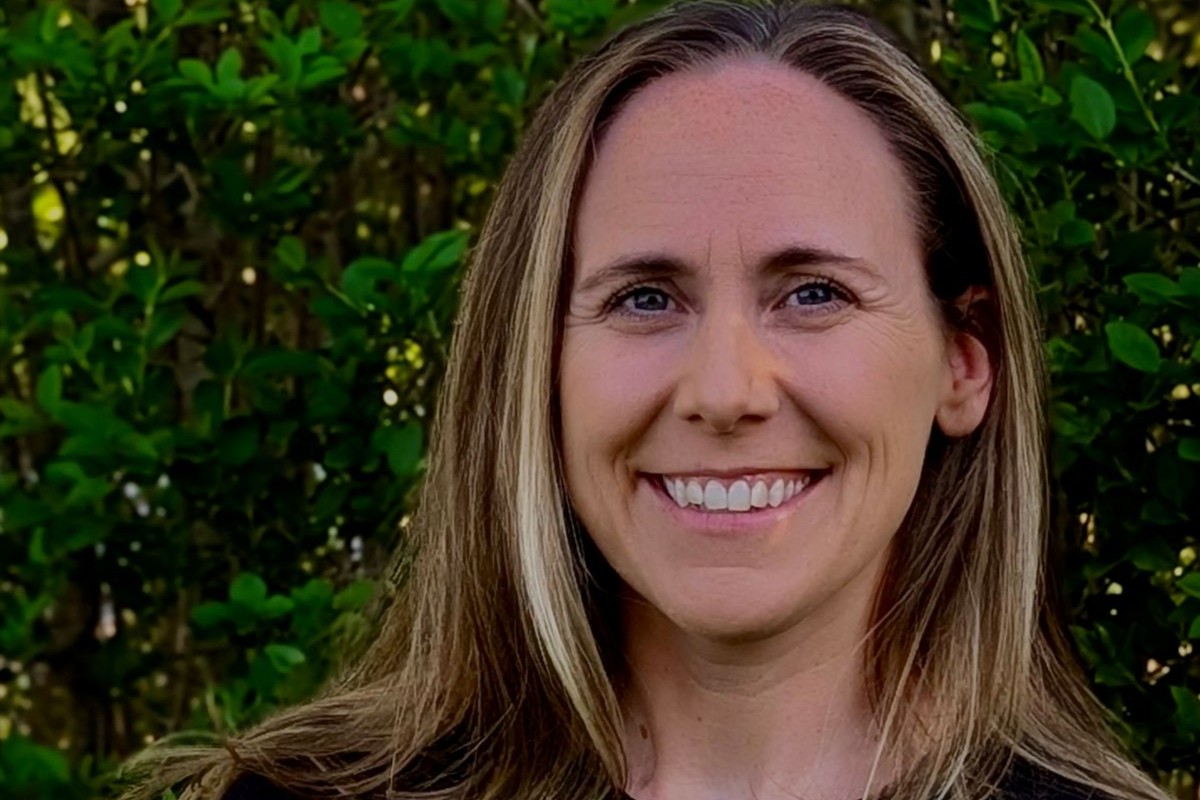
Leave A Comment